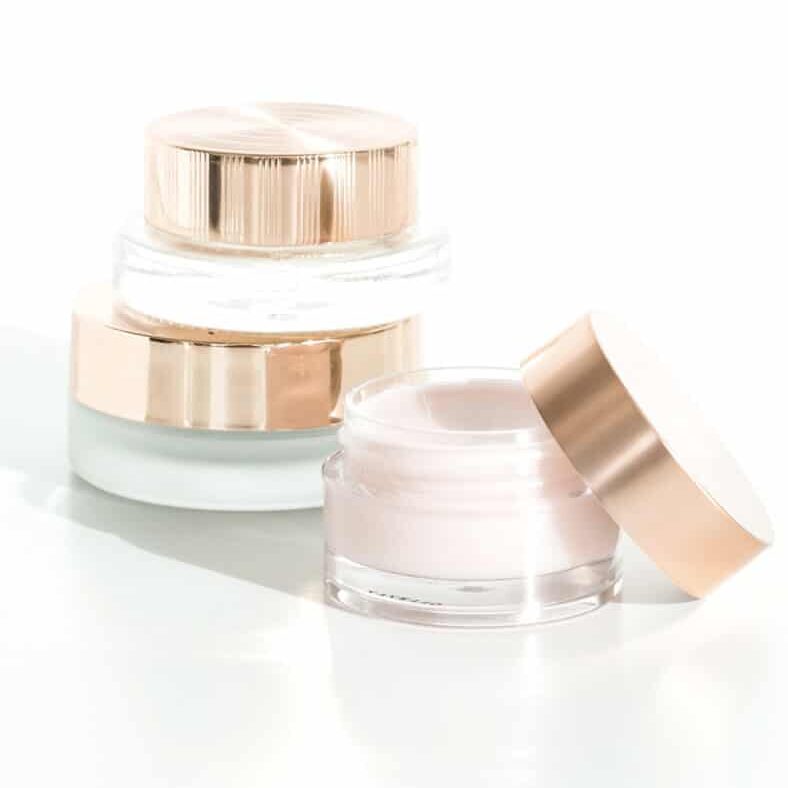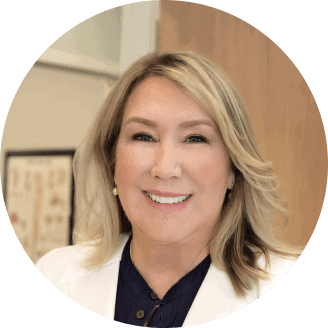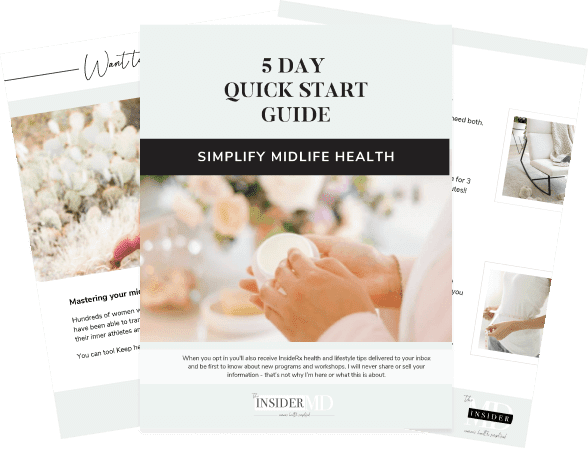
How to Have Beautiful Skin at Midlife: What Does the Evidence Say?
Having clear, radiant skin boosts our confidence and esteem. And, most importantly, it’s a sign of overall good health, similar to pink tongues and white eyes. As we enter midlife, it’s easy to feel powerless against unwanted effects that aging has on our skin. But there is, in fact, quite a lot we can do to preserve our skin to make it look vital and fresh. You don’t have to accept defeat!
The most important thing to remember about skin treatments is that they are constantly improving, but no product or procedure will restore youthful skin permanently. Our skin continues aging no matter what. But there is nothing wrong with wanting to prevent further skin damage or have a more youthful appearance. Our goal is improvement and self-love, not perfection.
Read on and learn what the evidence says about how to have beautiful skin at midlife.
Stick With the Basics
The most important thing you can do for your skin is to stick to the basics. Exercise, sleep, eat well, stay hydrated, moisturize and use sun protection. These are the mainstays for healthy, beautiful skin and cannot be overstated. Remember, our skin is an organ like the heart and we must treat it as we would in terms of long-term health.
Ignore the Hype: Only Use Evidence-Based Ingredients.
There are so many marketing claims inundating us with tempting messages about the latest “it” ingredient that many of us have bathroom cabinets and drawers loaded with lotions, potions, jars, and samples that end up partially used, old, or unopened. Too many options are paralyzing.
I’m here to tell you that less is more. For the love of your wallet, sanity and ability to stick to a regimen, just hone in on the essentials. They do not need to be fancy. Some of the more effective products like Retinol and growth factors tend to be more costly, so cut corners where you can on things like soap and lotion to help create a budget that works for you.
Gentle reminder: skincare marketing claims often far exceed scientific proof. There are so many products available that it can be challenging to identify which ingredients and products work. There are many impressive-sounding ingredients in anti-aging products, but only a few ingredients have been scientifically proven to reduce or prevent wrinkles in controlled studies. The key is to understand what products have ingredients that are proven to deliver results, and put your money towards those.
Here is a list of science-backed ingredients that work :
Retinol
Retinol is a Vitamin A compound and an antioxidant. It is the most widely used and most studied anti-aging compound. It increases collagen production, reduces fine lines and wrinkles and stimulates new blood vessels in the skin, which improves skin color. It also repairs sun damage, fades acne and keratosis spots, evens pigmentation, and speeds the turnover of superficial skin cells. With retinol, you can expect to see smoother, brighter, firmer skin.
Vitamin C
Vitamin C is a powerful antioxidant that can decrease the harmful free radicals that lead to aging signs. Vitamin C has been shown to prevent the overproduction of melanin which prevents the formation of brown age spots and can reduce hyperpigmentation caused by UV damage over the course of several weeks. Studies have shown that topical vitamin C also helps repair elastic tissue, increase collagen, reduce wrinkles, and improve skin texture and tone.
Peptides
These are short-chain amino acids that may help increase collagen and elastin production. Studies have shown visible anti-wrinkle effects in the face and the neck after two weeks of usage.
Growth Factors
Growth factors are proteins found throughout the body that help with cell renewal. They are typically derived from stem cells found in plants, snails, and humans. Growth factor serums were initially used for burn treatment as they were found to reduce the healing time significantly. Because aging skin is essentially injured skin, growth factors have both cosmetic and healing benefits.
Hydroxy acids
All hydroxy acids are either alpha hydroxy acids (AHAs), beta hydroxy acids (BHAs) or polyhydroxy acids (PHAs). AHA-containing products cause exfoliation of the surface layer of the skin. BHAs can dissolve dead skin cells on the surface and penetrate pores to dissolve the oil and bacteria that lead to acne. PHA’s are considered a new generation of AHA’s which provide similar effects as AHAs with less irritation, especially on sensitive skin.
Hyaluronic Acid
Hyaluronic acid has a unique capacity to bind and retain water molecules. With aging, there is a marked loss of hyaluronic acid in the skin, especially the superficial layer. Because of its ability to draw and hold water, hyaluronic acid-containing skincare creams and serums help hold moisture in your skin all day.
Create a Daily Skin Care Routine.
Rituals have real benefits. You can drastically improve the way you look and feel by turning good health choices into daily habits. Apply this practice to your skin care by creating a routine and repeating it every morning and evening. It’s worth the effort. The results over time of taking small, daily steps can be dramatic. You won’t get your 20-year-old skin back, but by sticking to a healthy diet, getting enough exercise, good sleep, and creating an evidence-based daily skin care routine, your skin will be healthy and look beautiful at midlife and beyond!
Like this post? These are tips from Chapter 3: Remedies and Chapter 5: Look Good, Feel Good, in Mastering Menopause at The Insider MD.

MEET DR. ELLEN
My mission is to bring you the most up-to-date, proven medical information, simplified, so you can make confident, educated decisions about your health.
I'M LOOKING FOR...
grab your 5 day
quick start guide



